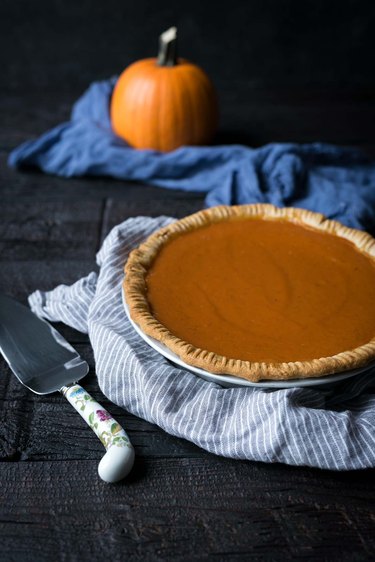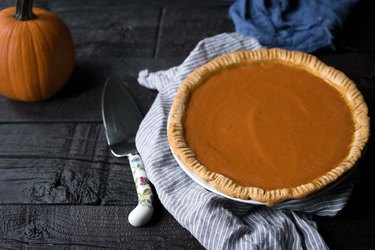
Watery pumpkin pie feels like a fall fail. While technically a straightforward recipe, making the perfect pumpkin pie can be tricky. At some point, even the most expert bakers fall victim to a soggy, curdled-looking filling that unfortunately seeps liquid. But have no fear: below are some troubleshooting tips that can help your pumpkin pie look and taste delicious again.
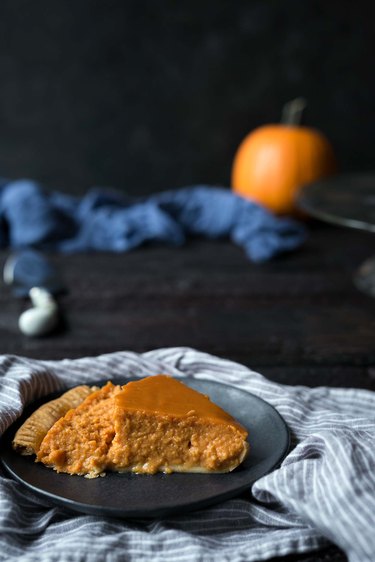
Video of the Day
Reasons Why Your Pumpkin Pie Might Be Watery
- You used fresh pumpkin instead of canned pumpkin
- Your recipe needs more eggs
- You docked your pie crust
- You refrigerated your pie before cooling
- The pie was baked for too long
Video of the Day
5 Solutions That Help Fix Watery Pumpkin Pies
Below we share solutions to common issues that create watery pumpkin pie.
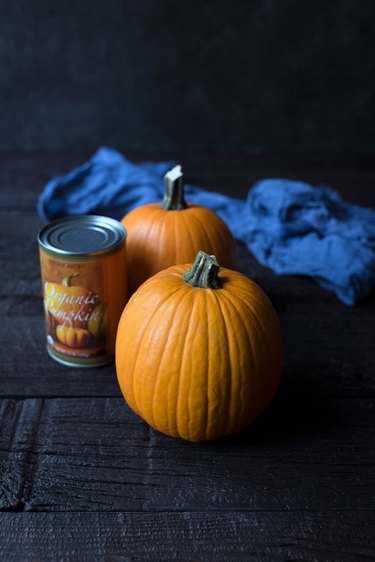
1. Strain or reduce fresh pumpkin puree
There's nothing wrong with using either canned pumpkin or a fresh sugar pumpkin. Each has its pluses and minuses, and both are great options for pumpkin pie. However, it's important to understand that fresh pumpkin has a higher water content than canned pumpkin puree.
If you want to use fresh pumpkin, roast it and then strain it overnight before baking it into a pie. Roasting is a better option than boiling since boiling has the potential to add even more water content. After roasting the pumpkin, briefly puree it in a food processor, then place it in a fine mesh strainer (or a colander lined with cheesecloth), and allow it to drain in the refrigerator overnight. This will remove any excess water before baking. If you're pressed for time, you can also place the puree in a saucepan and reduce it.
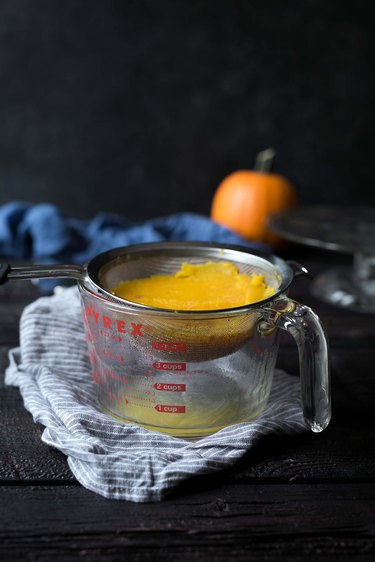
2. Add more eggs
Pumpkin pie filling is essentially a custard. Eggs are what hold custards together. Adding an extra egg or egg yolk (before adding the pie mixture to the pie crust) will help solidify a pumpkin pie recipe that is runny and won't hold its shape.
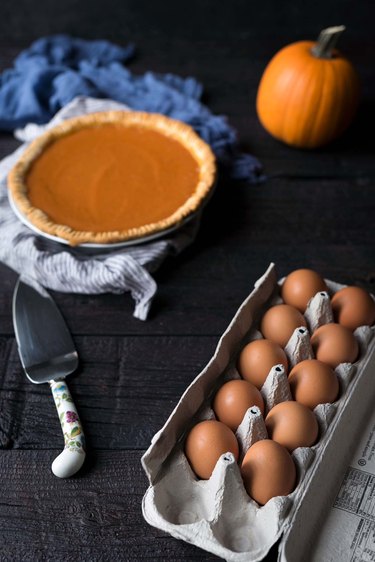
3. Don't dock the dough
Most pie recipes call for "blind baking" the dough, which means baking it before any pie filling has been added. These recipes also suggest docking the dough, which means adding numerous small holes to prevent air bubbles from forming. Pumpkin pie dough is not typically blind baked, and docking the dough will cause liquid to seep into the dough. This will create a soggy crust with liquid on the bottom.
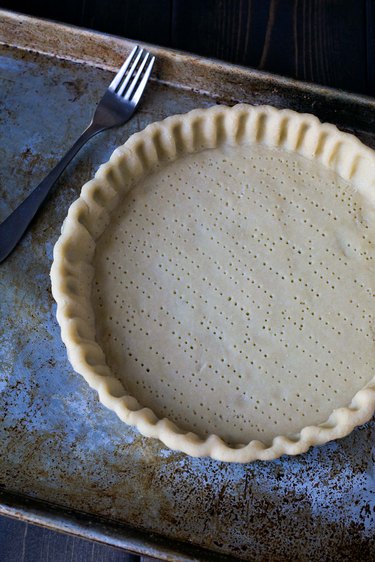
4. Blot the moisture
If the pie is placed in the refrigerator before it has completely cooled, moisture will rise to the top. This is sometimes referred to as "weeping." Simply use a paper towel or clean cloth to blot away the excess moisture.
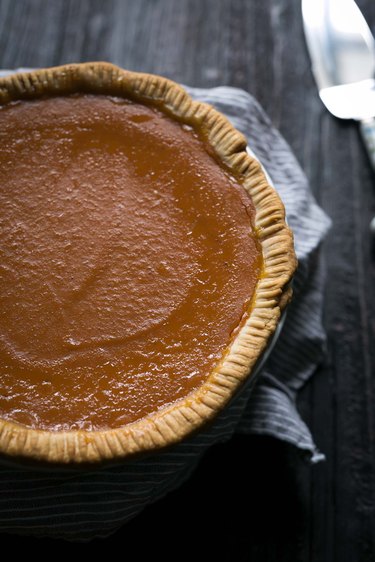
5. Over-baking/high heat
As with any custard, over-baking or baking at too high of a temperature can cause the pie to become watery and curdled. Remove the pie from the oven when it is still slightly jiggly in the center. It will continue to set as it cools.
